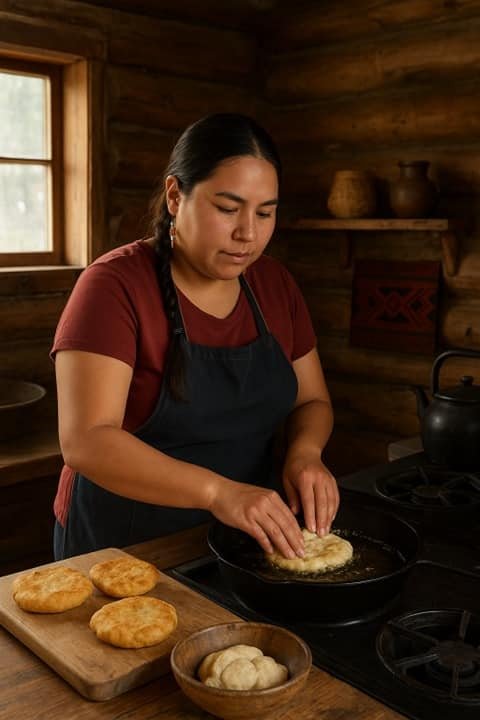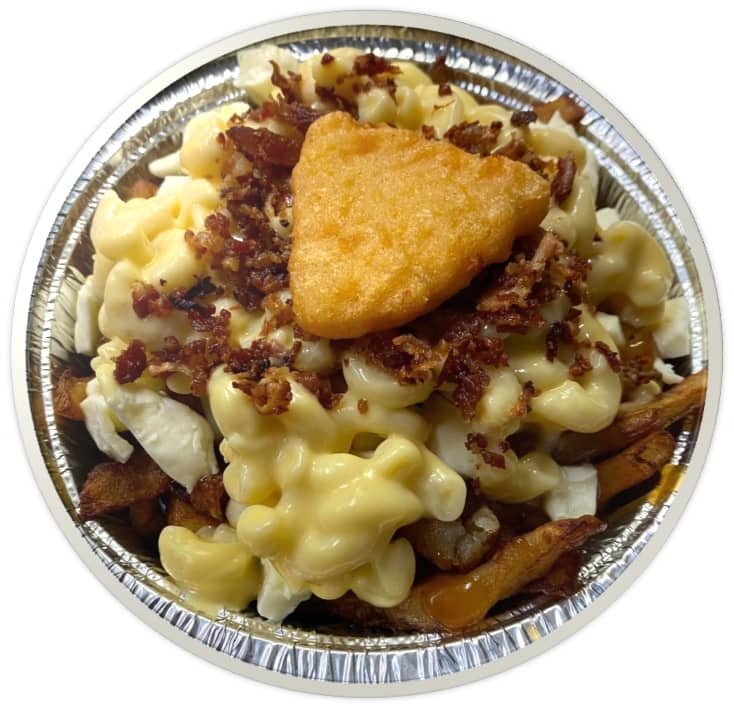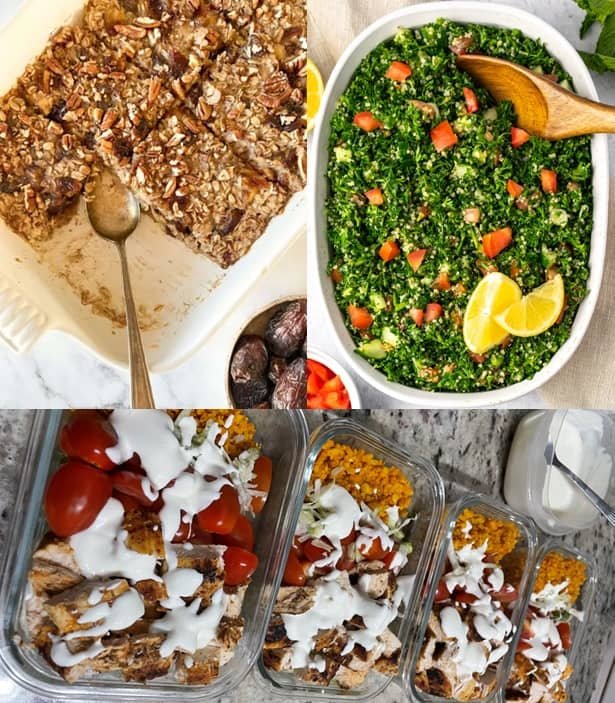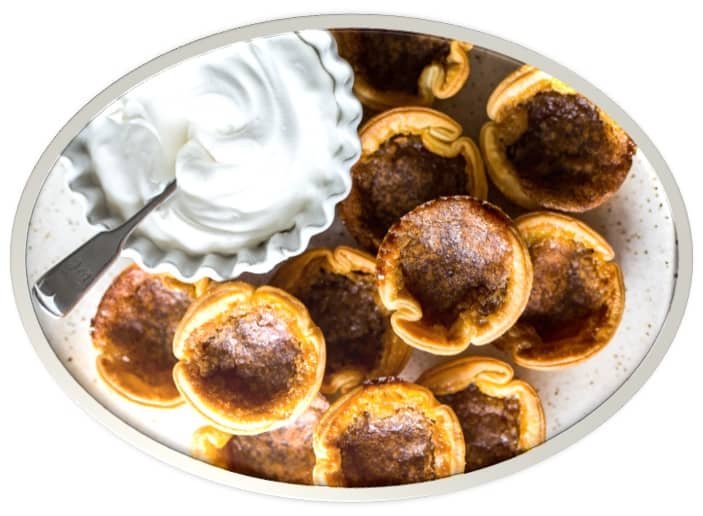Few foods capture the spirit of Canada’s diverse history as beautifully as bannock. More than just bread, bannock is a culinary story—one that stretches from the Scottish Highlands to Indigenous communities across Canada, carried through generations as both a survival food and a symbol of resilience.
While bannock can be baked, roasted, or even wrapped around a stick and held over a fire, the fried version is arguably the most beloved. Crisp on the outside yet soft and warm inside, fried bannock is comforting, nostalgic, and endlessly versatile.
In this complete guide, we’ll take you deep into the origins and traditions behind bannock, share an easy-to-follow Fried Bannock Bread Recipe Canada is known for, and explore variations, serving ideas, and modern adaptations. To round it out, we’ll answer the most common questions about bannock so you can make it perfectly every time.
What Exactly is Bannock?
At its core, bannock is a simple flatbread made with flour, water, fat, and a leavening agent like baking powder. Its beauty lies in its adaptability—it can be cooked in the oven, pan-fried, or prepared outdoors on open flames.
Across Canada, bannock has many faces:
- Fried Bannock – golden discs fried until puffed and crispy.
- Baked Bannock – hearty bread baked in pans or cast iron.
- Stick Bannock – dough spiraled around sticks and roasted over a fire.
Each version reflects the creativity and resourcefulness of the people who prepare it.
History of Bannock in Canada
From Scotland to North America
The word “bannock” comes from the Gaelic bannach, meaning a morsel or portion of bread. In Scotland, oat-based bannocks were cooked on stones or griddles, forming part of daily meals. Scottish settlers and explorers carried the recipe to North America, where it quickly found a new life.
Indigenous Innovation
Indigenous communities across Canada adapted bannock to their own environments and needs. Before the arrival of flour, breads were crafted from cornmeal, roots, and wild grains. With access to flour and fat from trade, bannock became an essential staple—portable, nourishing, and easy to make under almost any conditions.
Bannock on the Fur Trade Trails
Fur traders, voyageurs, and Métis travelers relied on bannock during long journeys. It required few ingredients, traveled well, and could be cooked in multiple ways: fried in fat, baked in ashes, or even on hot stones.
A Symbol in Modern Canada
Today, bannock is celebrated in homes, powwows, cultural events, and Indigenous-owned restaurants. It represents not just food, but survival, creativity, and cultural pride. Fried bannock in particular has become a Canadian comfort food—shared at festivals, family dinners, and community gatherings.
Fried Bannock Bread Recipe Canada
Here’s a straightforward, authentic recipe that produces light, golden bannock every time:
Ingredients
- 3 cups all-purpose flour
- 1 tablespoon baking powder
- 1 teaspoon salt
- 2 tablespoons sugar (optional, for a touch of sweetness)
- 1/4 cup lard, shortening, or butter (melted)
- 1 cup warm water (adjust as needed)
- Oil for frying (canola or vegetable oil recommended)
Instructions
- Prepare the Dry Mix
In a large mixing bowl, whisk flour, baking powder, salt, and sugar. - Add Fat
Blend in melted butter, lard, or shortening until mixture is crumbly. - Hydrate the Dough
Slowly pour in warm water, mixing just until dough comes together. Avoid kneading too much—bannock should be tender, not chewy. - Rest
Cover dough with a towel and let it rest for 10–15 minutes. - Shape
Divide dough into portions and flatten into ½-inch-thick discs. - Fry
Heat oil to about 350°F (175°C). Fry discs for 2–3 minutes per side, or until golden brown. - Drain & Serve
Place on paper towels to absorb excess oil. Enjoy warm with sweet or savory toppings.
Dairy Queen Banana Split Price Canada – A Complete Guide to This Timeless Dessert
Step-by-Step Tips with Cultural Notes
- Mixing: Indigenous cooks often prepared bannock outdoors, mixing dough directly on wooden boards or clean ground surfaces.
- Shaping: Thick bannock yields soft centers, while thin bannock fries up crispier. Choose based on preference.
- Frying: Traditionally fried in animal fat, today most cooks use canola or vegetable oil for a lighter flavor.
- Campfire Bannock: Many families cherish the ritual of making stick bannock, especially at gatherings or powwows.
Variations Across Canada
- Cree Bannock – light, fried, sometimes sweetened with sugar.
- Métis Bannock – often denser, sometimes baked in cast iron pans.
- Inuit Bannock – sturdy and practical for Arctic conditions.
- Powwow Bannock Tacos – modern adaptation where fried bannock acts as the taco shell.
- Sweet Bannock – with raisins, cinnamon, or drizzled with maple syrup.
- Gluten-Free Bannock – made with rice flour or specialty blends.
- Vegan Bannock – coconut oil or margarine replaces butter or lard.
Serving Ideas
- Spread with maple butter or jam for breakfast.
- Paired with soups, chili, or stews for a hearty meal.
- Sprinkled with cinnamon sugar for dessert.
- Used as a base for savory sandwiches or bannock tacos.
Bannock in Today’s Culture
Across Canada, bannock is more than nourishment—it’s a cultural marker. You’ll find it at:
- Powwows where it’s shared in community spirit.
- Festivals and fairs where fried bannock stands draw long lines.
- Indigenous-owned restaurants reimagining bannock as gourmet cuisine.
Chefs continue to elevate bannock, yet its heart remains the same: food that brings people together.
Jollibee Regina Menu with Prices – Full Guide for Food Lovers
FAQs About Fried Bannock
Q: Why is my bannock tough?
A: Over-mixing the dough makes it dense. Mix lightly and let rest before frying.
Q: Can I bake bannock instead of frying?
A: Yes—bake at 400°F for 20–25 minutes until golden.
Q: What’s the best oil for frying?
A: Neutral oils like canola, vegetable, or sunflower oil work best.
Q: Can bannock be made without baking powder?
A: Yes—traditional bannock was often unleavened. For a denser bread, simply omit.
Q: How do I keep bannock from being greasy?
A: Make sure the oil is hot enough (around 350°F). If it’s too cool, the bread absorbs oil.
Q: Can I make bannock dough ahead of time?
A: Yes—wrap and refrigerate for up to 24 hours before cooking.
Q: How do I reheat bannock?
A: Warm in the oven at 350°F for 5–10 minutes, or lightly toast in a skillet.
Q: Can bannock be frozen?
A: Yes—store in freezer bags for up to one month. Reheat in oven or skillet.
Q: Is bannock the same as frybread?
A: They are similar, but frybread is a pan-Indigenous adaptation in the U.S., while bannock is Canada’s version with Scottish and Indigenous roots.
Q: How do I make sweet bannock?
A: Add raisins, cinnamon, or sugar to the dough—or top fried bannock with honey or maple syrup.
Nutrition & Health Notes
Fried bannock is hearty and filling. A typical piece contains 250–300 calories, depending on size and frying method.
Health-conscious options include:
- Baking instead of frying.
- Using whole wheat flour.
- Reducing sugar and salt.
- Pairing with vegetables or lean proteins for balance.
Conclusion
The Fried Bannock Bread Recipe Canada has cherished for centuries is more than a way to fill a plate—it’s a cultural treasure. From its Scottish origins to its transformation by Indigenous communities, bannock tells a story of survival, resilience, and community spirit.
Making bannock today connects us with the past while allowing endless room for creativity. Whether fried golden and eaten with jam, baked in an oven, or roasted over a fire, bannock continues to bring people together across Canada.
So the next time you crave something warm, comforting, and steeped in history, try making fried bannock. With every bite, you’re not just tasting bread—you’re experiencing a piece of Canada’s living heritage.






